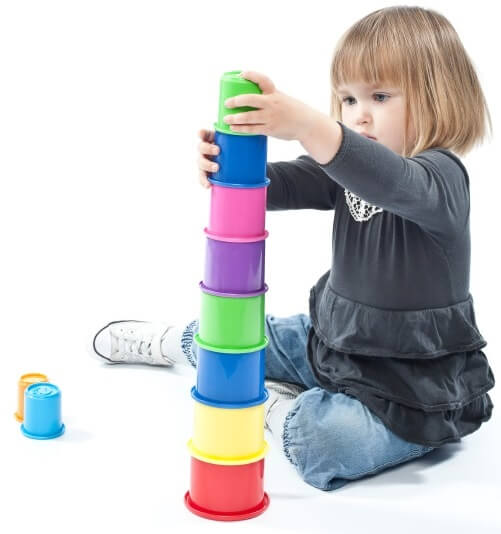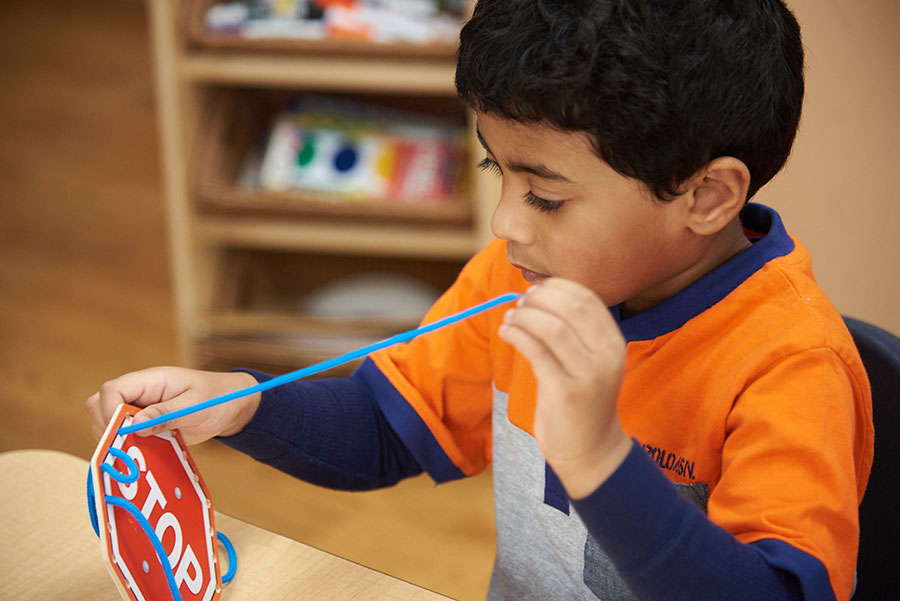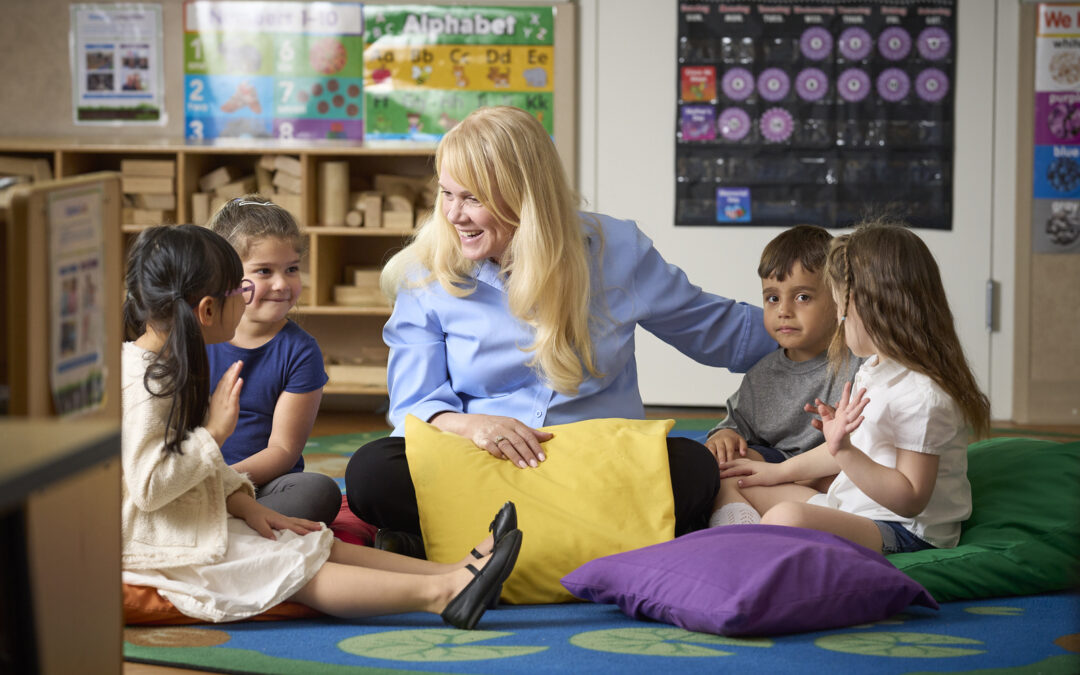What is STEM and why is it so important to my preschooler, toddler or even infant?
STEM is an acronym that is used by educators to connect the areas of “S”-Science, “T”-Technology, “E”-Engineering and “M”-Math together. At, Lightbridge Academy, we incorporate this program into your child’s education every day in simple ways, such as sorting blocks or counting toys, and identifying colors and patterns.
Young children are naturally inquisitive. They instinctively wonder what things are called, how they work, and why things happen. Encouraging your child’s sense of curiosity about the natural world around them can support a lasting interest in it. Early experiences shape how the brain develops. As a parent, you should look for opportunities to develop your little ones understanding of scientific concepts in daily routines and activities.
For example, you can encourage their natural curiosity by noticing what they are doing while they are playing. Get involved by asking young children open-ended questions, such as “What are you working on now?” or “How do you think that works?” and “Do you notice anything about how that toy moves?” By focusing your questions on what preschoolers and toddlers have observed and noticed, you are helping them develop valuable communication and observation skills.
Here are a few simple “STEM” activities you can do with your preschooler or toddler at home:
Science– Children love shadows. Observe the shadows of stationary objects such as trees, buildings or cars in the morning and return later on in the day to see how they have moved or changed. (You can even outline the shadows in sidewalk chalk).
Technology– In the preschool arena, technology refers to using tools and developing fine and gross motor skills. Teach your child how to pour using a small plastic pitcher and a several different size cups.
Engineering– Use mixed sets of building materials, such as blocks, Legos, or foam bricks and encourage your child to build a tower.
Math– Repeat patterns in songs with clapping or movements (with silly faces and/or dancing) and then have children make up their own patterns that you can follow.
These little “experiments” and activities can help children develop basic STEM skills and lead them on a path to a lifetime of learning and exploration. As we say at Lightbridge Academy, Learning is fun!






